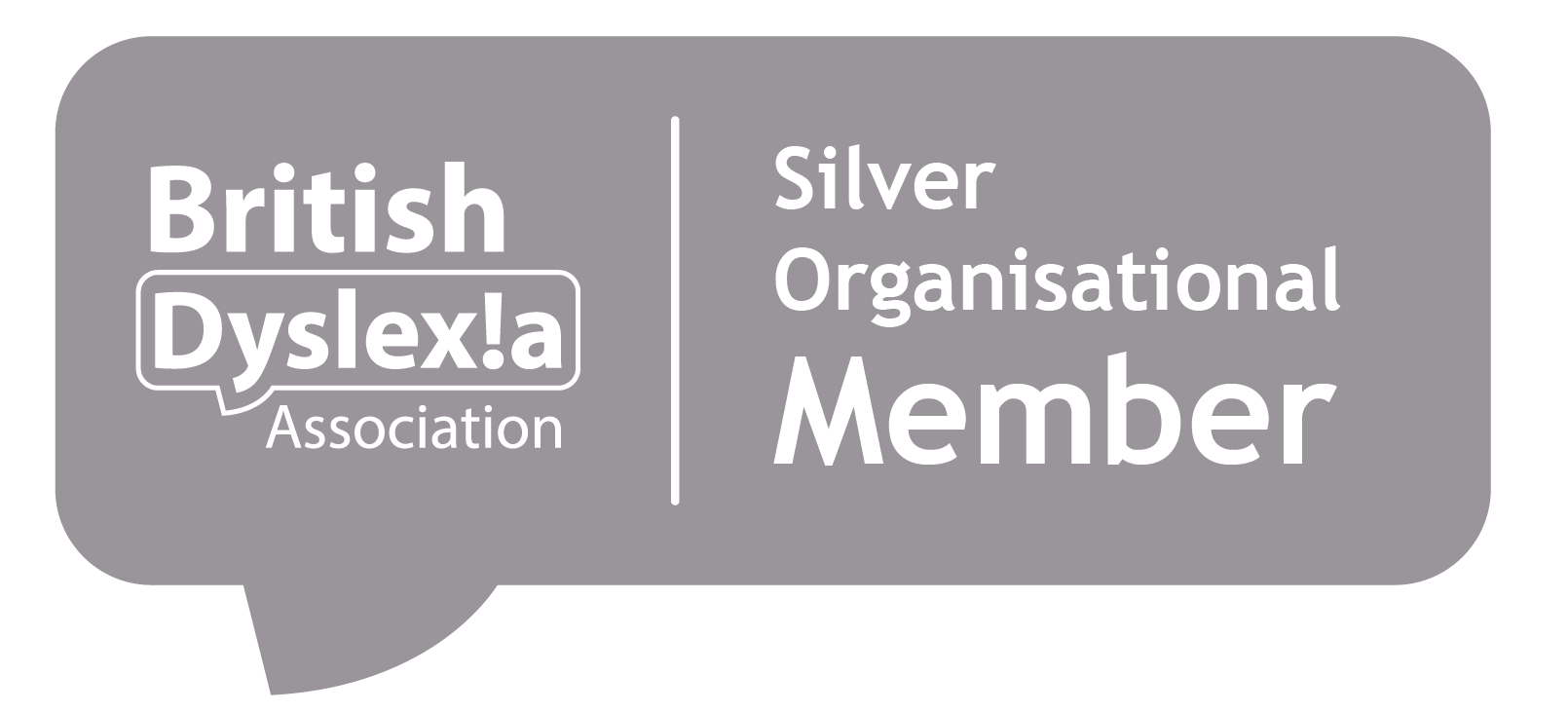Meeting the everyday challenge of teaching learners with SEND
The 2015 SEND Code of Practice makes it clear that class teachers are responsible for meeting the learning needs of their pupils, with the help and support of the SENDCo, and any other people working with the child, such as a teaching assistant (TA) or external professional. In a busy class of thirty that can be a daunting challenge.

Some pupils may have an Education Health and Care Plan (EHCP), a statutory document that includes a thorough assessment of their learning needs, an explanation of desired outcomes, and the kinds of interventions to help get them there. Other learners who are identified as having SEND will have had some form of assessment, although probably not as in-depth as with an EHCP.
The first step, then, is to get an understanding the child or young person’s learning needs. Many of them may have thick folders of reports and information, sometimes digital, many still in lever arch files. However, it is usual practice for the SENDCo to provide a short profile or summary, frequently a single page. But engagement with the SENDCo should not be one way. When a pupil is highlighted as having SEND there will be a call for information from teachers to get their evaluation of what those needs are. The insights of those that teach him or her are invaluable in this process.

Information gathering is the start of a cyclical process known as ‘Assess, Plan, Do, Review,’ which class teachers should contribute to. ‘Planning’ involves developing a strategy to meet those learning needs in the classroom, whilst ‘Do’ is to put it into action. The ‘Review’ element is to determine how effective the strategy has been, which starts the cycle again with a fresh plan – unless, of course, the learning needs have been met and the pupil’s SEND addressed.

Quite often, whilst assessment and planning can be straightforward, it is the practice of meeting a learner’s needs in the classroom which provides the greatest challenge. There are a number of things you can do.
- Differentiate. This happens in most primary classrooms, different groups will be working on the same topic but in various ways, appropriate to their abilities. This could be changing the expected outcomes – asking them to produce a different quality or quantity of work. Or it may mean providing stimulus material that is less demanding, perhaps at a lower reading age. Another approach is to ask pupils to respond in a different way, such as creating an illustrated presentation rather than a written report.
- Focus on language. For all learners the language of a subject is what they hang the concepts on that they learn. Those with SEND may need to have this made explicit to them, whereas others might pick it up as they go along. It can help to provide a glossary, or list, of key words, and to display these around the room. If possible, ‘pre-teach’ this vocabulary prior to studying the topic. You could even set them as spellings for homework.
- Watch the pace of the lesson. Try to make sure learners have sufficient time to do what is asked of them. They will get anxious if they are forever catching up and seldom get to finish work. Where they have to copy things down, such as learning intentions or homework, have this written up in advance, or even print them out and simply paste them into their books.
- Make time to liaise with other adults. This includes the SENDCo, but might also include a TA or specialist teacher. You will be most effective when you are working together.
 Use the other pupils as a resource. Sometimes it will be appropriate to get learners to support each other, perhaps in reading a passage from a book, or in providing a recap or summary of what has been taught. Learning from each other can be highly effective. Children and young people are naturally helpful.
Use the other pupils as a resource. Sometimes it will be appropriate to get learners to support each other, perhaps in reading a passage from a book, or in providing a recap or summary of what has been taught. Learning from each other can be highly effective. Children and young people are naturally helpful.- Monitor their progress. Given their learning difficulties, are they working at an appropriate level? If not, what could change? If they are, or even exceeding those expectations, what is working well?
- Communicate. Not only with other staff, but also with the learner themselves and their parents or carers. This can not only highlight issues early, but also be a way of identifying, sharing and celebrating achievement. For the pupils, provide feedback through your marking, and maintain a dialogue to keep them engaged in sharing responsibility for their own learning.
Every learner is different. Some are able to negotiate the curriculum themselves, making their own accommodations in the classroom, others need teachers to help them do it. Even small changes can make a big difference to those with SEND.
By John Galloway
John specialises in the use of technology to improve educational opportunities for children and young people with special educational needs. Much of the week he works in Tower Hamlets, in London’s east end. He also freelances as a writer, consultant and trainer. @johngalloway







